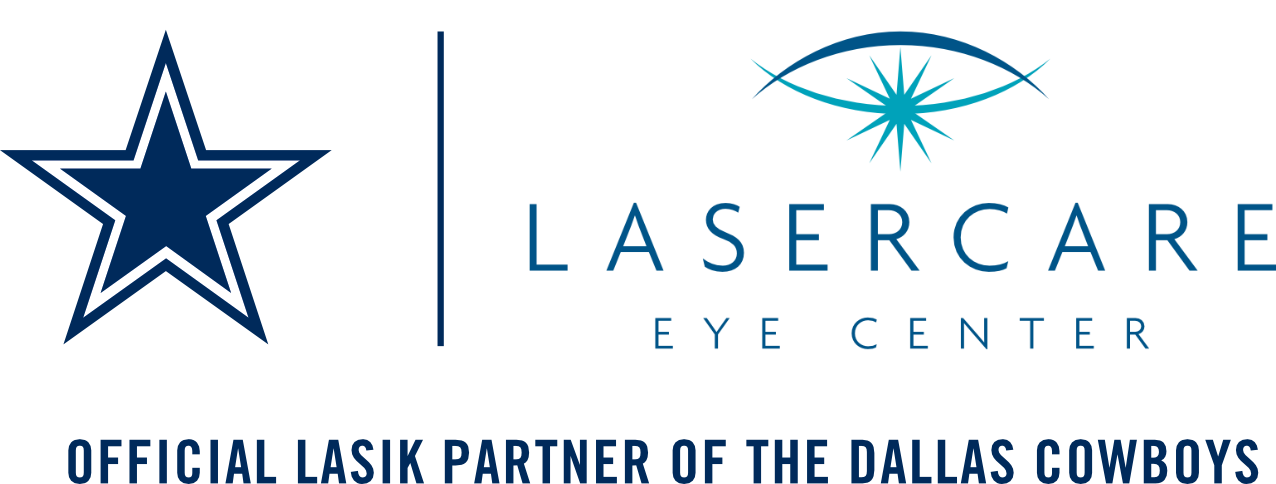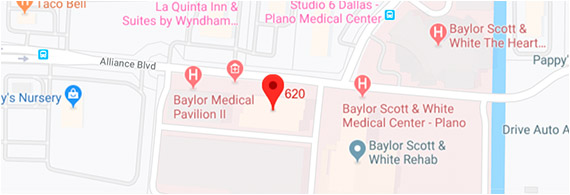Cataracts Increases Risk of Falls Among the Elderly, but Surgery Can Help

An increasing number of studies suggest that cataract surgery may reduce the risk of falls among the elderly.
A cataract is an opaque or cloudy area covering what’s normally a clear lens in the eye. A cataract can impair normal vision, depending on its size and location. In most cases, cataracts develop in individuals over the age of 55, but they may rarely occur in young children and even infants. Cataracts typically develop in both eyes, however, the condition may be more advanced in one of the eyes.
Clouded vision as a result of cataracts can make it difficult for individuals to drive, especially at night, to read or see expressions on people’s faces. Among the elderly, impaired vision from cataracts can also increase their risk of falls and fall-related injuries, such as head injuries and hip fractures.
Symptoms of cataracts include:
- Blurred, fogged or dim vision
- Sensitivity to glare and light
- Seeing halos around lights
- Poor vision at night
- Needing brighter light to perform everyday activities, such as reading
- Double vision in one eye
- Yellowing or fading colors
- Needing to change eyeglass prescriptions frequently
At first, individuals may be able to cope with clouded vision by using brighter lights and changing their eyeglass prescription. However, as the cataract grows, it may cloud the eye lens further, distorting light passing through it. This leads to more noticeable symptoms, thus requiring cataract surgery. Fortunately, cataract surgery is effective and generally safe.
How does a cataract form?
The part of the eye affected by cataract, called the lens, is located behind the iris, the colored region of your eye. The lens focuses all light passing through the eye to produce crisp, clear images on the retina, the membrane in the eye which works similar to film in a camera.
Aging causes the lens of your eyes to become thicker, less transparent and less flexible. In addition, the tissue in the lens begins to deteriorate and clump together as a result of age-related conditions and other health concerns, clouding certain regions in the lens.
Cataracts continue to develop over time, causing the cloudiness to become denser and invade larger areas of the lens. A cataract can spread and prevent light from passing through the eye lens, inhibiting images from reaching the retina. This causes blurred vision among patients.
Cataracts may increase the risk of falls among the elderly
Over half of Americans will experience cataracts by the age of 80. Cataracts are the most common cause of surgically treatable poor vision among the elderly and have also been linked to an increased risk of falls and related injuries.
According to a study by the Association for Research in Vision and Ophthalmology, falls experienced by older people with poor vision can be drastically reduced with cataract surgery. The research conducted with 400 people, who were over the age of 50 and had cataracts; found that having cataract surgery in just one affected eye reduced the rate of falls among participants by a whopping 78%.
Although cataract surgery is a highly effective procedure in restoring full vision, long wait times can increase the risk of falls among elderly patients. There is evidence that the rate of falls can significantly be reduced by undergoing cataract surgery sooner. According to one UK study, there was a 34% reduction in falls among cataract patients waiting for surgery when patients underwent cataract surgery from 12 months to 1 month.
Significant risk reduction was seen among people in their 80s and those with serious health conditions
According to a study published in the Journal of American Medical Association, when older adults have cataract surgery, they not only improve their vision but they also significantly reduce their risk of falling and fracturing their hips.
The study found that people in their 80s and individuals with serious health conditions, such as heart disease, benefited the most from the surgery. These patients experienced a 30% reduction in hip fractures the year they had cataract surgery.
The study conducted with over 400,000 Medicare patients, compared patients who had cataract surgery with patients who did not undergo cataracts surgery.
According to earlier studies, poor vision and vision loss is a major contributor towards higher risk of falling among seniors. Aging causes bones to become more susceptible to breaking, thus making hip fractures a major concern among older people. In addition, recovering from such injuries can be difficult for them.
Cataracts and other age-related eye problems can weaken an individual’s visual acuity and depth perception, thereby impairing their ability to maintain stability, balance, and mobility.
One is never too old to have their cataracts removed. Studies show that older people sleep better, are less depressed and are more active following cataracts surgery.
According to the study, the greatest dip in the risk of hip fractures was demonstrated by patients who were 80 to 84 years old and had cataract surgery. Adults with chronic diseases such as diabetes and heart disease were also less likely to experience hip fractures, showing a 26 to 28% decline in risk. And patients with severe cataracts showed a 23% lower risk of hip fractures than those who had severe cataracts but didn’t undergo surgery.
Cataract Procedure
There are two approaches to performing cataract surgery:
- Small incision cataract surgery. This procedure involves making an incision in the clear outer coating of the eye, called the cornea, and inserting a tiny probe through it. The probe plays a role in breaking up the lens by emitting ultrasound waves so that the lens can be effectively suctioned out of the eye. The lens is then replaced by a clear plastic lens, called an intraocular lens (IOL)
- Laser Assisted Cataract Surgery. This procedure involves the use of a laser to make incisions for cataract surgery as well as assisting in breaking up the lens so it can be removed. Improved refractive and visual outcomes that greatly reduces or completely eliminates the need for glasses The lens is then replaced by a clear plastic lens, called an intraocular lens (IOL)
For older, frailer patients, cataracts surgery can offer a wide range of benefits. It’s a cost-effective and one of the safest and effective types of surgeries performed in the US. About 90% of patients who undergo cataract surgery report better vision and an overall improvement in their lifestyle following surgery.
Like any other surgery, there is a risk of bleeding and infection with cataract surgery. Be sure to discuss the benefits and risks associated with the procedure with your eye care providers. Note that other eye problems may increase your need for cataract surgery or prevent you from being a candidate for the surgery.






